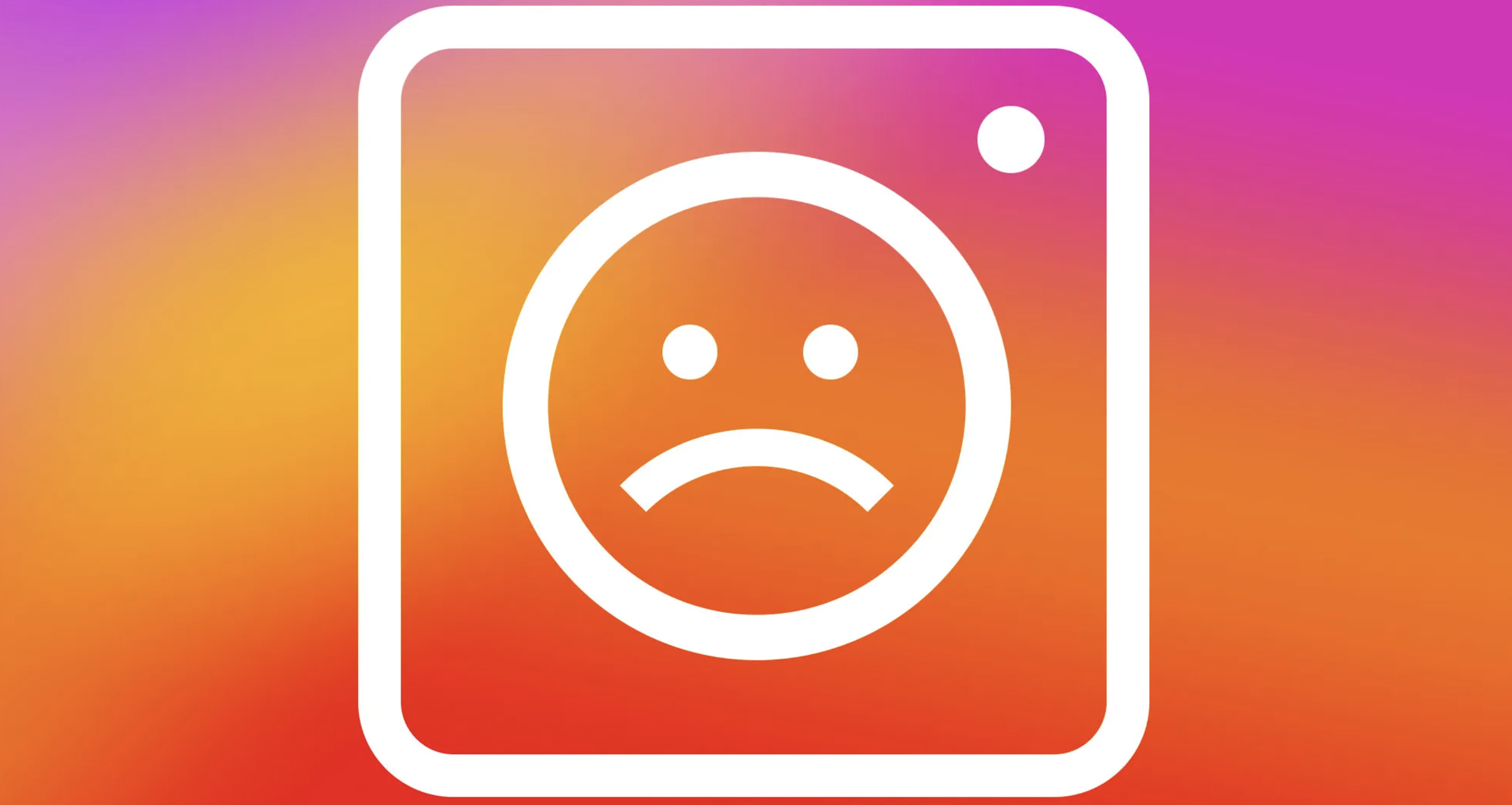Many are feeling the novelty wear off after the app makes frequent changes.

The original version of the social media app Instagram was simple with basic core ideas. It set out to connect friends through squared pictures and encouraged genuine social interactions. As the app begins to grow, we can slowly see a decline in quality similar to that of parent company Facebook. By shoe-horning as many features as possible into the app, it has become more overpopulated and less individually-focused.
The new Instagram does not hide its attempt to lean towards advertisers. In September 2015, Instagram allowed advertisers to post 30-second-long videos while an average creator could only post 15-second-long videos. And in March 2016, its photo feed became algorithm-based instead of a chronological one. In 2019, Instagram announced it will let advertisers promote posts by influencers that work with their brands. In the name of non-disruptive advertising, it meant our feed was changing to incorporate more influencers selling products.
New Features
Now, as follower counts have grown, many users feel uncomfortable and hesitant to share posts and share with people they hardly know. The app has become a breeding ground for influencers and advertisements. Posts have become more edited, more calculated and less realistic, even by social media standards.
More obvious is the app’s incessant need to incorporate features. Instagram’s awkward and unnecessary shift into an online marketplace shows this most. The most obvious part is their blatant plagiarism of apps like TikTok, Snapchat and Pinterest with features like Reels, Instagram Stories and customizable search bar tabs. Instagram is now a cluttered accumulation of features from apps that are surpassing its popularity. All this is even without mention of the atrocious “Instagram for Kids” idea they are thinking of implementing.
IGTV was Instagram’s attempt to compete with Youtube, the feature failed miserably as it essentially was an attempt to squeeze more ads on the platform. On the other hand, Reels took off to great hype and now dominates the content on the platform. The feature is used by mindlessly scrolling through hours of mediocre content before finding something good.
If you cut through the clutter to look for posts you want to read or photographs you want to like, the algorithm will force a Reel for you to see. Before you realise it, you are again scrolling down the rabbit hole for more Reels from across the world. They’re absolutely addictive.

Harmful for Individuals
This also highlights the growing concern of social media and its effect on mental health. Harvard has confirmed social media to be a source of addiction, especially for younger demographics. Issues such as anxiety, cyberbullying and body image are all credited to platforms such as Instagram.
The Journal reports that about 40 per cent of Instagram users clock in under 22, and that about 22 million teens use the app daily. The research notes that many link their self-esteem issues directly back to Instagram.
In one survey of U.S. and U.K. teens, 40 per cent reportedly said they started feeling “unattractive” around the same time they started using Instagram; about 25 per cent said it made them feel “not good enough.” Many said that using the app created anxiety around friendships and social activity, but that many teens are “unable to stop themselves” from logging on.
Then there’s the algorithm, the program that makes you think everyone except you is happy. The Journal identifies this feature as a mentally damaging Instagram feature: One 18-year-old who spoke to the paper said she developed an eating disorder after falling into fitness wormholes every time she opened the app. “When I went on Instagram, all I saw were images of chiselled bodies, perfect abs, and women doing 100 burpees in ten minutes.”
Although Instagram is still around the top of media apps, it’s hard to ignore the desperate attempts to stay relevant. The future of Instagram is unclear as the social media industry grows and the next big thing can come at every corner. It only takes one single revolutionary to make another obsolete.
Subscribe to FIB’s Weekly Breaking News Report for your weekly dose of music, fashion and pop culture news!







